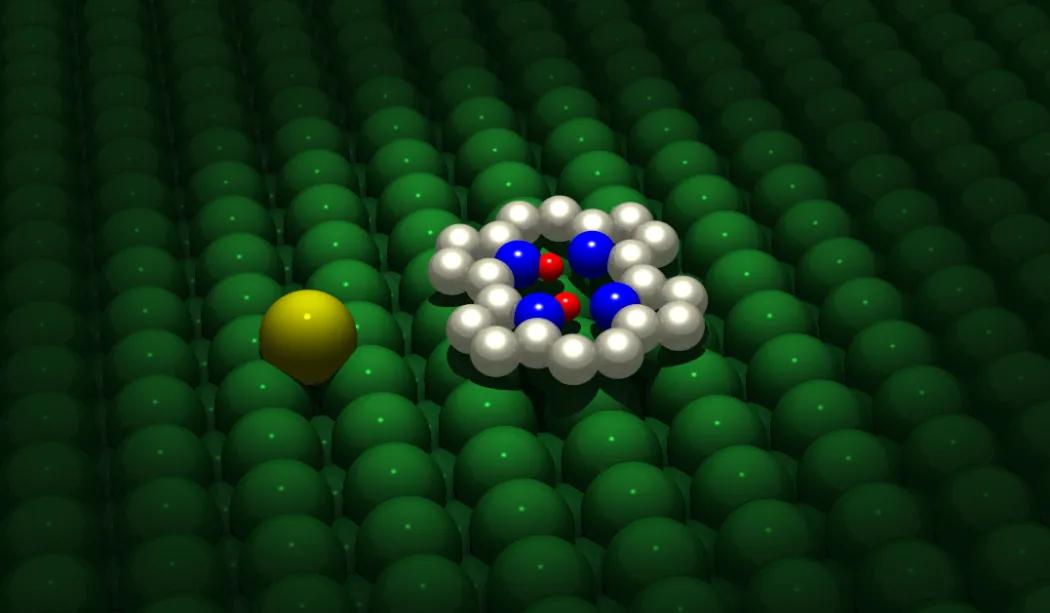

The use of functional molecules as electronic devices and their self-assembly into pre-defined architectures are key objectives of molecular nanotechnology. In this presentation, various types of functional molecules, adsorbed at surfaces and studied by scanning tunneling microscopy (STM), will be discussed. STM is not only capable of high-resolution imaging, but also the manipulation of single molecules. Typically, this is used to get insight into the molecular function, but molecules can also be studied in view of fast lateral motion that could be achieved by specific molecular side groups and an improved manipulation protocol [1].
To construct molecular wires from the bottom-up in a highly controlled fashion, specifically designed molecular building blocks are connected by “on-surface polymerization” [2]. When pulling with the STM tip, not only the electric current through a single molecular wire can be measured [3] but also various charge transport channels – with different chemical conjugations – can be identified in non-symmetrical molecular nodes [4].
An important issue for any molecular function is the role of the direct environment. It will be shown for different types of molecular switches (based on isomerization or tautomerization) how their atomic scale surroundings determine their function, leading to periodic switching patterns for azobenzene derivatives [5] and control over the switching by only one atom in the vicinity of a porphycene molecule [6].
By using isomerization-based molecular motors, photo-induced translation of molecular machines is observed on a metal surface [7]. The effect vanishes if an incompatible photon energy is used or if the motor unit is removed from the molecule, revealing that the enhanced motion is due to the presence of the wavelength-sensitive motor in each molecule.
[1] G. J. Simpson et al., Nature Nanotech. 12, 604 (2017)
[2] L. Lafferentz et al., Nature Chem. 4, 215 (2012)
[3] C. Nacci et al., Nature Comm. 6, 7397 (2015)
[4] C. Nacci et al., Angew. Chem. Int. Ed. 55, 13724 (2016)
[5] C. Dri et al., Nature Nanotech. 3, 649 (2008)
[6] T. Kumagai et al., Nature Chem. 6, 41 (2014)
[7] A. Saywell et al., ACS Nano 10, 10945 (2016)
